Planning your first trip to Malaysia? This vibrant Southeast Asian gem offers a captivating mix of cultures, cuisines, and landscapes that promise to enchant every traveler. From the bustling streets of Kuala Lumpur and the historic charm of Malacca to Penang’s world-renowned street food and the breathtaking natural beauty of Sabah, Malaysia is a treasure trove of unforgettable experiences. Designed with Malaysia for First-Timers in mind, this guide will help you navigate the must-see destinations, savor iconic dishes, and uncover hidden gems, ensuring your journey is as seamless and memorable as possible.
Table of Contents
- Getting Started for First-Timers: Malaysia at a Glance
- Top Reasons to Visit Malaysia: Diversity, Culture, and Cuisine
- Top Destinations in Malaysia for First-Timers
- Recommended Malaysia Itinerary for First-Timers
- Extra Itinerary Tips for First-Timers
- Malaysia Travel FAQs for First-Timers
- What is the Best Way to Get Around Malaysia?
- Can I Travel with Only English in Malaysia?
- What Should I Wear When Visiting Malaysia?
- How is Food Safety in Malaysia?
- What is the Local Currency and Payment System in Malaysia?
- What Budget Should I Expect When Travelling in Malaysia?
- What About Internet and Connectivity in Malaysia?
- Do I Need Travel Insurance to Travel in Malaysia?
- What Are the Emergency Numbers in Malaysia?
Getting Started for First-Timers: Malaysia at a Glance
Quick Facts about Malaysia for First-Timers
- Capital City: Kuala Lumpur
- Population: Over 33 million
- Geography: Divided into Peninsular Malaysia (often called the “West Malaysia”) and Malaysian Borneo (often called the “East Malaysia”)
- Language: Malay (Bahasa Malaysia) is the official language; English and Chinese are also widely spoken
- Currency: Malaysian Ringgit (MYR)
- Safety: Malaysia is generally safe, but travelers should exercise standard precautions. Petty crimes like pickpocketing can occur in crowded areas, so it’s wise to stay vigilant, especially in markets or public transport hubs.
Malaysia’s Regions: A Guide to Planning Your Trip
Malaysia consists of two main regions, each with distinct attractions that cater to different travel styles and interests:
- Peninsular Malaysia (often referred to as “West Malaysia”): This region features dynamic urban centers like Kuala Lumpur, rich historical sites in Malacca, and the cultural tapestry of George Town in Penang. Its easy connectivity makes it an ideal choice for those seeking a blend of modernity and heritage.
- Malaysian Borneo (often referred to as “East Malaysia”): Known for its breathtaking natural landscapes, this region is home to Sabah’s Mount Kinabalu, the highest peak in Southeast Asia, and the dense rainforests of Sarawak, which house incredible biodiversity and unique tribal cultures. Visitors can explore Kinabalu National Park, walk rainforest canopies, trek lush trails to spot wildlife and visit a cultural village to experience indigenous traditions and lifestyles.
What is the Best Time to Visit Malaysia?
Malaysia’s tropical climate features warm and humid weather year-round, with temperatures typically ranging from 77°F to 95°F (25°C to 35°C). The country experiences two distinct monsoon seasons: the Southwest Monsoon (May to September), which primarily affects the west coast and brings milder rains, and the Northeast Monsoon (November to March), which impacts the east coast with heavier rainfall. Regions like Langkawi and Penang on the west coast enjoy drier weather during the Northeast Monsoon, making this period ideal for beach vacations. Conversely, the east coast, including destinations like the Perhentian Islands and Tioman, thrives during the Southwest Monsoon with calmer seas and sunny skies. Travelers should plan activities with these seasonal variations in mind, as rainfall patterns can significantly influence travel plans.
In general, the March-May shoulder season offers the best weather across much of Malaysia, with pleasant temperatures, fewer crowds, and excellent conditions for urban exploration in cities like Kuala Lumpur and Penang. The December–February high season is perfect for visiting the west coast, featuring clear skies, vibrant festivals like Chinese New Year, and pristine beaches in Langkawi. Meanwhile, the June–September period is ideal for Kuala Lumpur, the east coast, and parts of Borneo, offering reduced rainfall, incredible diving in Sipadan, and verdant landscapes refreshed by tropical showers.
Malaysia’s Fascinating History
With a rich blend of Malay, Chinese, Indian, and European influences, Malaysia’s history weaves a vibrant tapestry of cultural and colonial interactions. From the Malacca Sultanate’s golden age of trade to Portuguese, Dutch, and British colonial rule, each era has left its mark on the nation’s identity and cultural fabric. Gaining independence in 1957 was a monumental turning point, as Malaysia emerged as a sovereign state and embraced its multicultural heritage. Visiting historic sites like Malacca’s Dutch Square, Penang’s Georgetown, and Kuala Lumpur’s colonial architecture highlights the depth of this legacy. This rich history has truly made Malaysia a melting pot of cultures, a fact that stood out as one of our most memorable takeaways from the trip.
Top Reasons to Visit Malaysia: Diversity, Culture, and Cuisine
Malaysia’s top draws are its cultural diversity, historic landmarks, and mouthwatering cuisine, each offering a unique glimpse into the country’s vibrant soul. Here are some standout reasons to visit Malaysia, enhanced by the memorable experiences from our journey:
- Cultural Diversity: Malaysia’s melting pot of cultures was vividly evident during our visit to George Town in Penang, where ornate Chinese temples with intricate carvings and colorful details stand alongside vibrant, bustling Hindu temples. Adding to this mix are the stately British colonial mansions, with their grand facades and timeless elegance. It’s a place where every corner tells a vivid story of coexistence and harmony.
- Historic Landmarks: From walking through Malacca’s Dutch Square to exploring the historic Independence Square in Kuala Lumpur, Malaysia’s landmarks showcased its layered history. Seeing these contrasts made history come alive for us.
- World-Class Cuisine: Our taste buds were constantly delighted, whether it was indulging the aromatic char kway teow from hawker stalls to savoring the famed Musang King durian at Jalan Alor Night Market. Malaysia’s street food truly lives up to its reputation.
- Natural Wonders: Trekking through Kinabalu National Park and spotting the world’s largest flower, the Rafflesia, were unforgettable highlights. Tanjung Aru Beach in Kota Kinabalu provided the perfect setting to unwind after days of exploration. Its breathtaking sunsets and lively atmosphere became a highlight of our trip.
- Modern Amenities: Seamless Grab rides, high-speed internet, and well-maintained airports made traveling across Malaysia incredibly convenient, allowing us to enjoy the country’s diverse offerings with ease.
Top Destinations in Malaysia for First-Timers
Malaysia is a treasure trove of diverse experiences, from dynamic cities to tranquil natural escapes. Each destination offers something unique, whether it’s cultural immersion, historic exploration, or outdoor adventures. Based on our journey, here are some must-visit places to include in your first visit to Malaysia:
1. Kuala Lumpur: Modernity Meets Tradition (★★★★☆)
Suggested Time: 2-3 Days
Malaysia’s capital captivates visitors with its towering skyscrapers, vibrant shopping districts, and a rich tapestry of cultural landmarks that seamlessly blend tradition with modernity.

Must-Visit Attractions and Landmarks:
- Batu Caves: Explore this iconic Hindu shrine featuring a 42.7-meter gold statue of Lord Murugan and 272 vibrant rainbow steps. Monkeys add to the experience, though their begging behavior highlights the challenges of wildlife tourism.
- Kwai Chai Hong: A century-old alley in Chinatown adorned with vibrant murals depicting the daily life of Chinese communities from the past. It evoked fond memories of my childhood in China.
- Jalan Petaling: Immerse yourself in the bustling heart of Chinatown, filled with aromatic street food stalls and market vendors offering everything from souvenirs to traditional herbs.
- KL Tower: Ascend one of the tallest towers in the city for breathtaking panoramic views of Kuala Lumpur’s skyline.
- Petronas Twin Towers: Marvel at this iconic architectural masterpiece and snap unforgettable photos. Take a leisurely stroll through KLCC Park, a serene green space at the base of the towers, and don’t miss the mesmerizing evening water fountain show.
- Pro Tip: One of the best photo spots for capturing the Petronas Twin Towers is in front of NZ Curry House. For an elevated experience, head to the Sky Bar at the Traders Hotel, offering stunning views of the towers. While food and drinks are on the pricier side, the unique ambiance, complete with a swimming pool at the center of the bar, makes it worthwhile. The night view is especially spectacular!
- Merdeka Square: The historical heart of KL, where Malaysia declared independence. Admire the colonial architecture, including Sultan Abdul Samad Building, and snap a photo near the world’s tallest flagpole!
- Masjid Negara: Visit this beautiful mosque known for its striking blue star-shaped roof and serene ambiance.
- Central Market: A cultural hub offering crafts, batik fabric, hand-carved wooden figurines, and local spices. Perfect for picking up unique souvenirs.
- River of Life: Once polluted, this stunning waterfront area is now a peaceful place for a relaxing morning or evening walk.

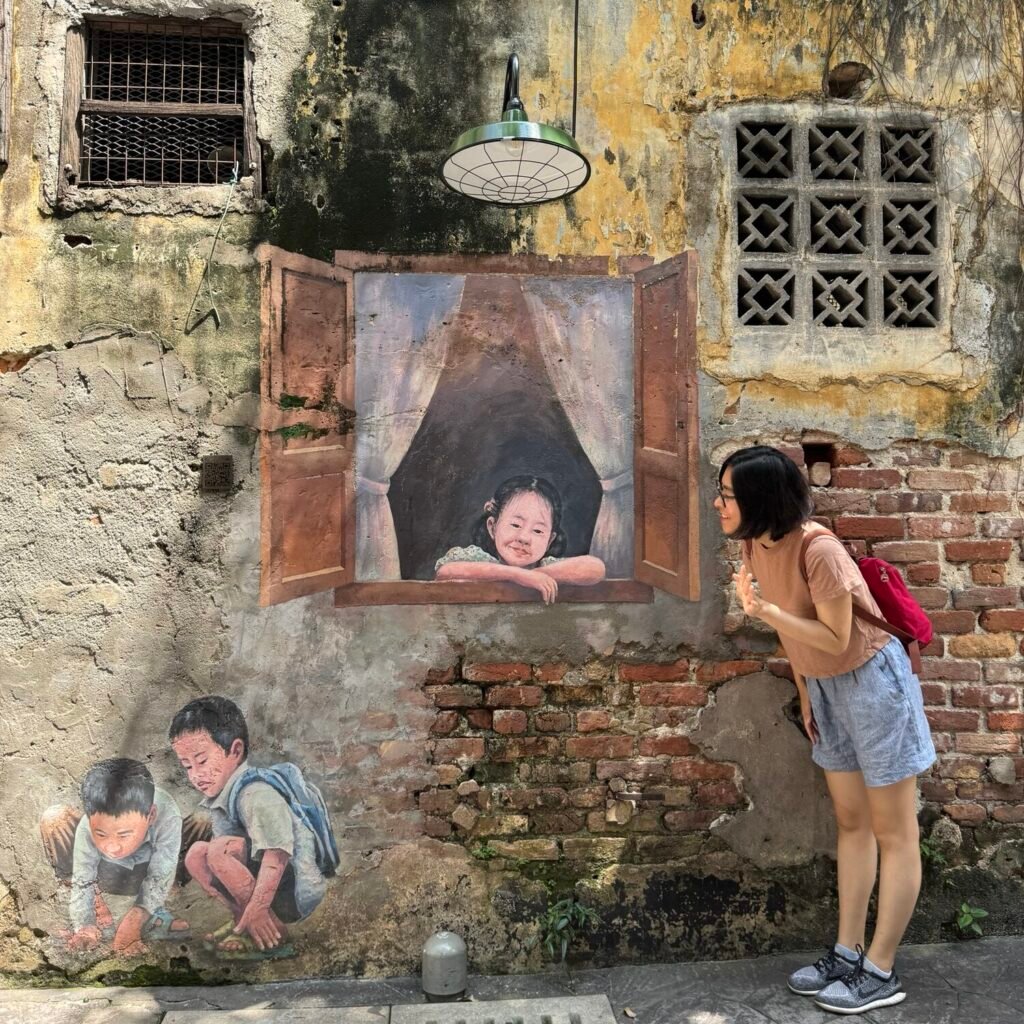


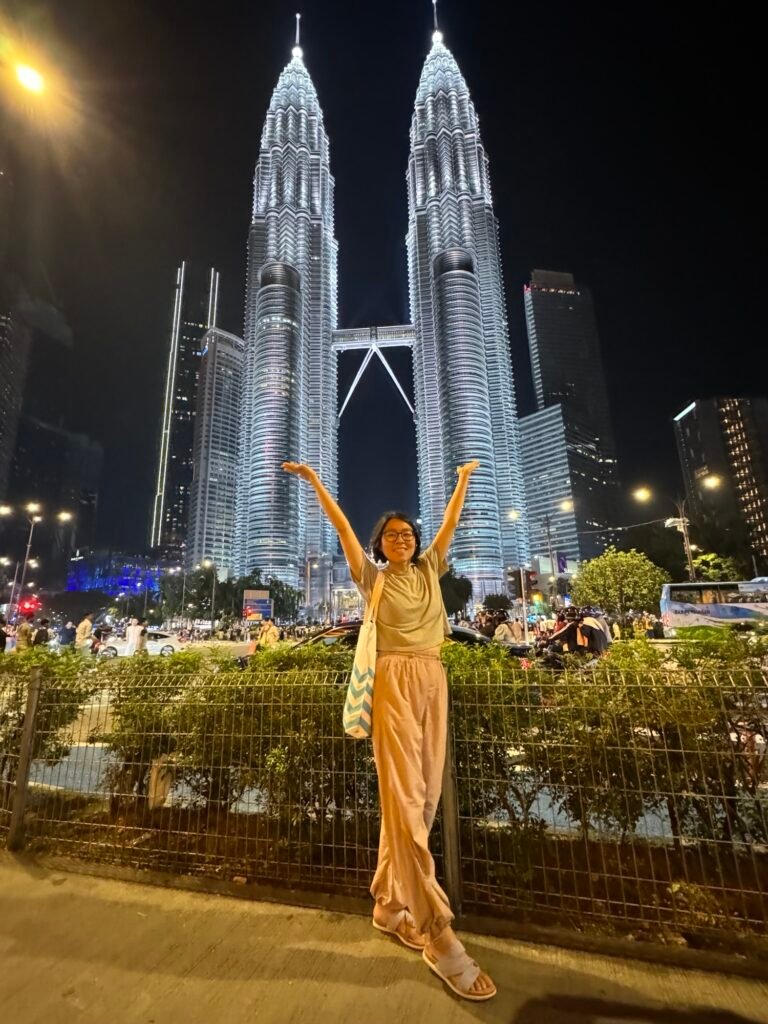
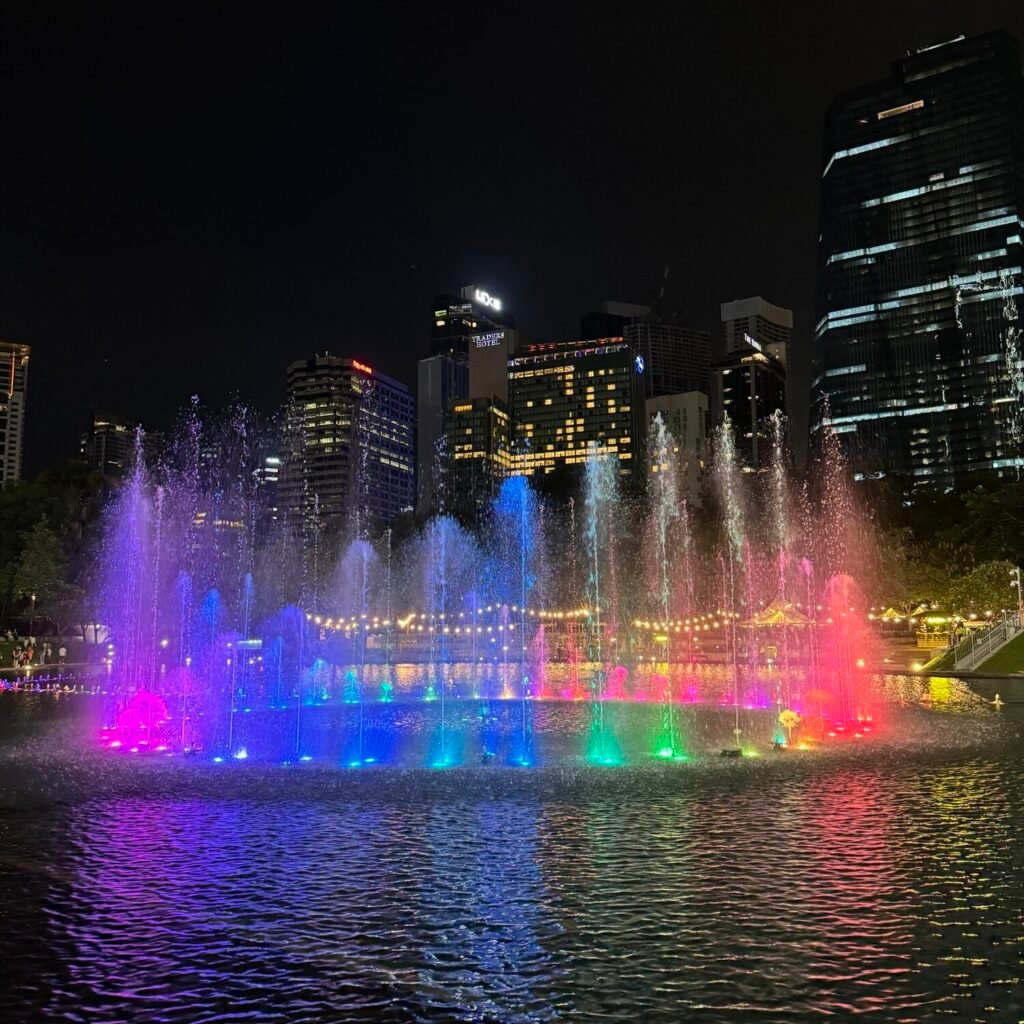


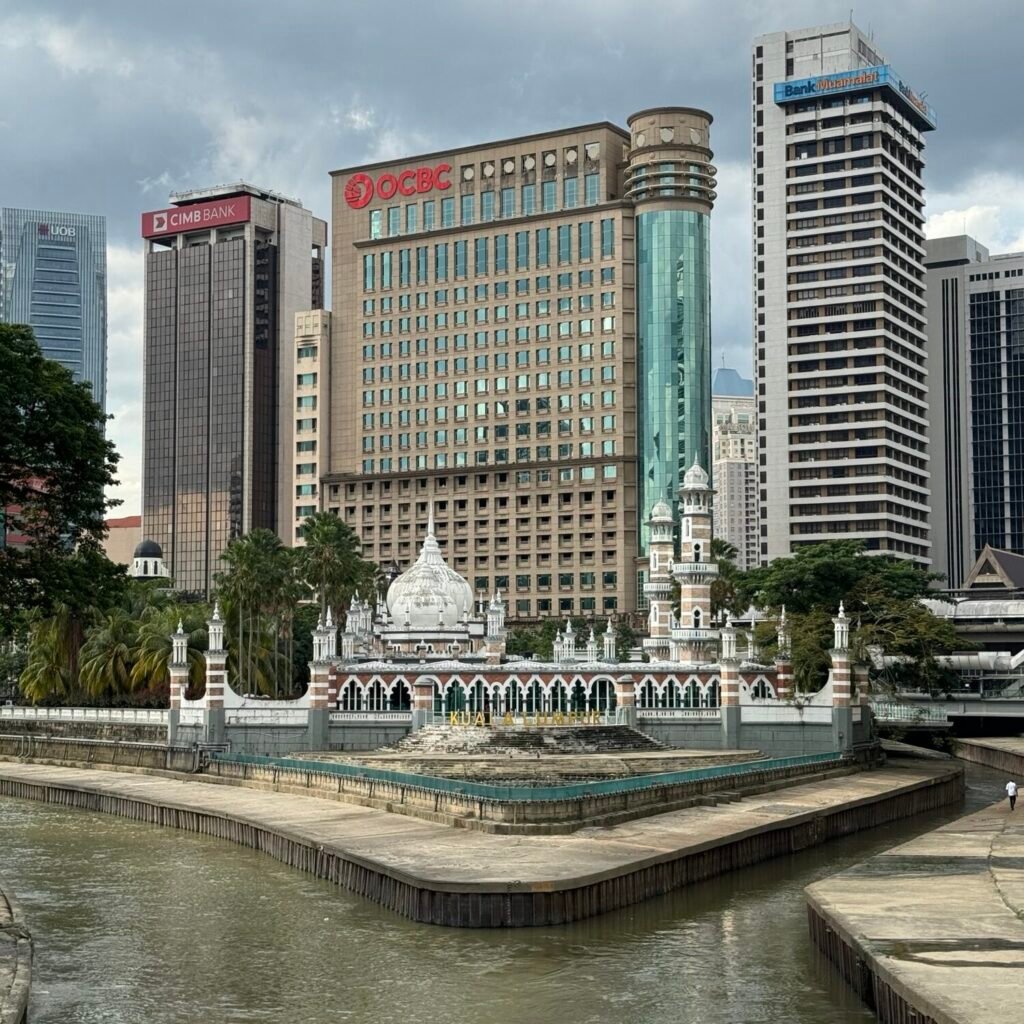
Must-Eat Food:
- Nasi Lemak: Malaysia’s iconic national dish, featuring fragrant coconut rice, sambal (spicy chili paste), crispy fried anchovies, roasted peanuts, and a perfectly boiled egg. This beloved dish can be found everywhere—from humble hawker stalls and food courts in shopping malls to upscale restaurant chains. For highly-rated options, check out Nasi Lemak Burung Hantu, NALÉ – The Nasi Lemak Company, Nasi Lemak Wanjo Kampung Baru, or Nasi Lemak Alor Corner. If you’re seeking comfort and excellent service in a restaurant setting, Madam Kwan’s is a fantastic choice, with several branches conveniently located in Kuala Lumpur’s shopping malls.
- Hainanese Kaya Toast: A sweet and savory treat featuring bread toasted with kaya (coconut jam) and butter. Ho Kow Hainanese Kopitiam is renowned for perfecting this classic Malaysian breakfast dish.
- Bak Kut Teh: A flavorful herbal pork soup that originated from Chinese laborers and is a beloved comfort food. Don’t miss it at Samy & Min Bak Kut Teh.
- Musang King Durian: Experience the “King of Fruits” at Jalan Alor Night Market. The creamy, bittersweet, caramel-like flavor of Musang King is unparalleled.
- Poh Pia: Fresh spring rolls filled with a mix of vegetables and meat. Ideal for a light yet flavorful snack.
- Malaysian Butter Chicken: A rich and creamy dish featuring tender chicken cooked in a luscious, aromatic buttery sauce. It is commonly served with rice or naan and a perfectly fried egg.
- Durian Ice Cream: A must-try for adventurous foodies. This dessert offers a milder taste of durian’s signature flavor.
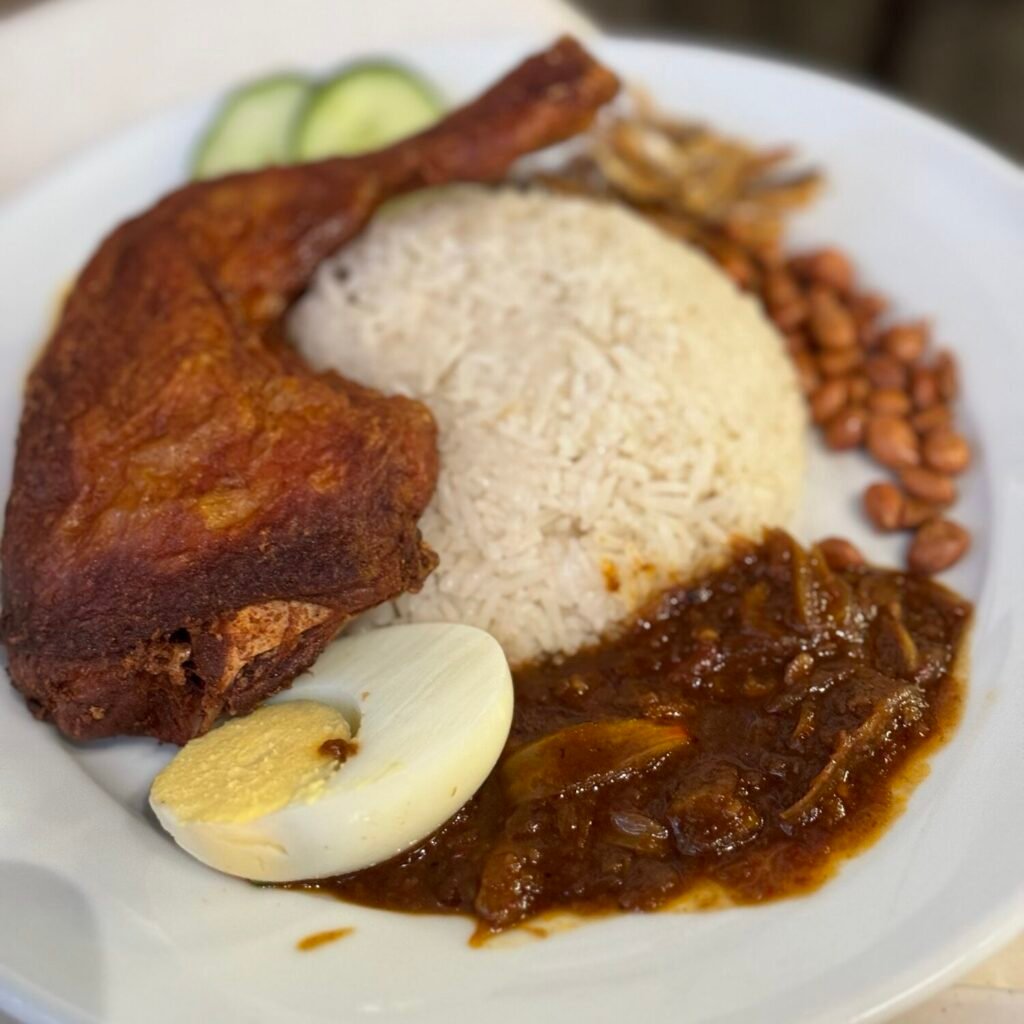
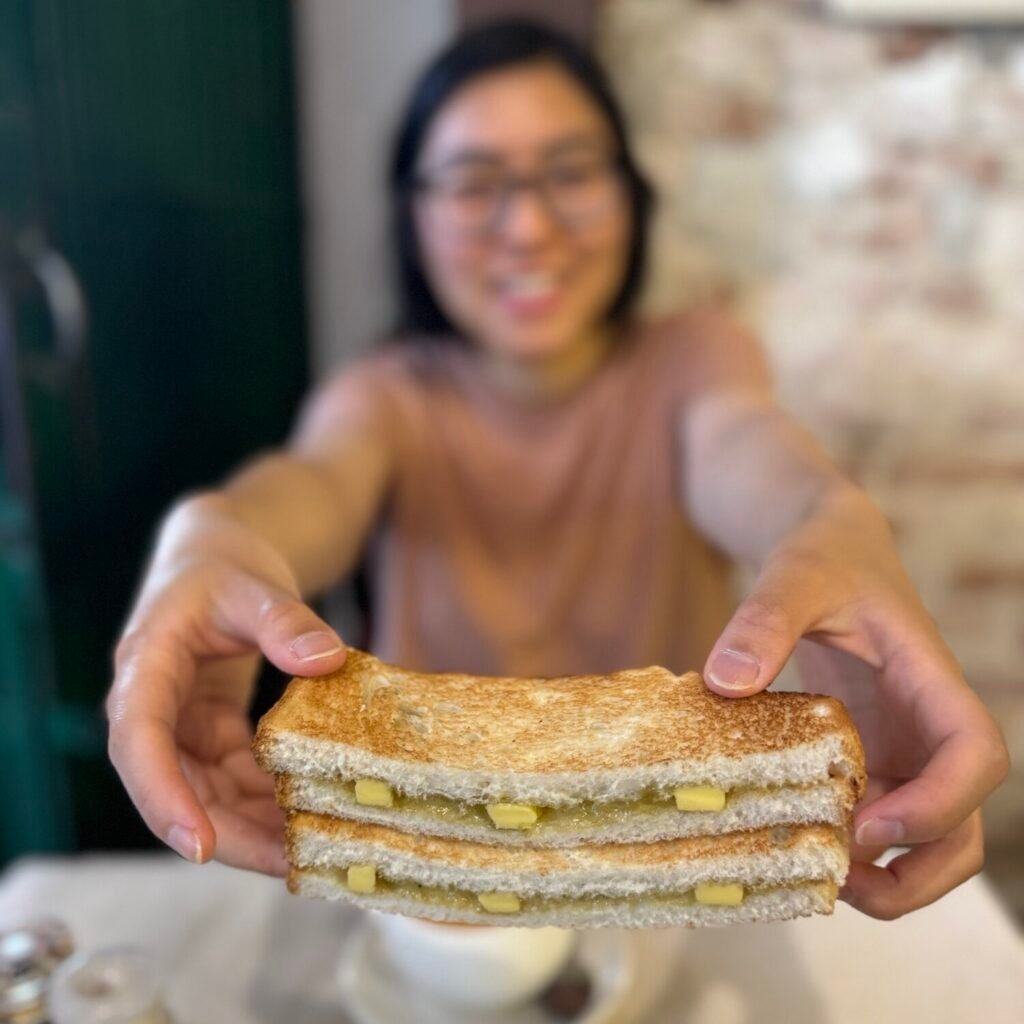
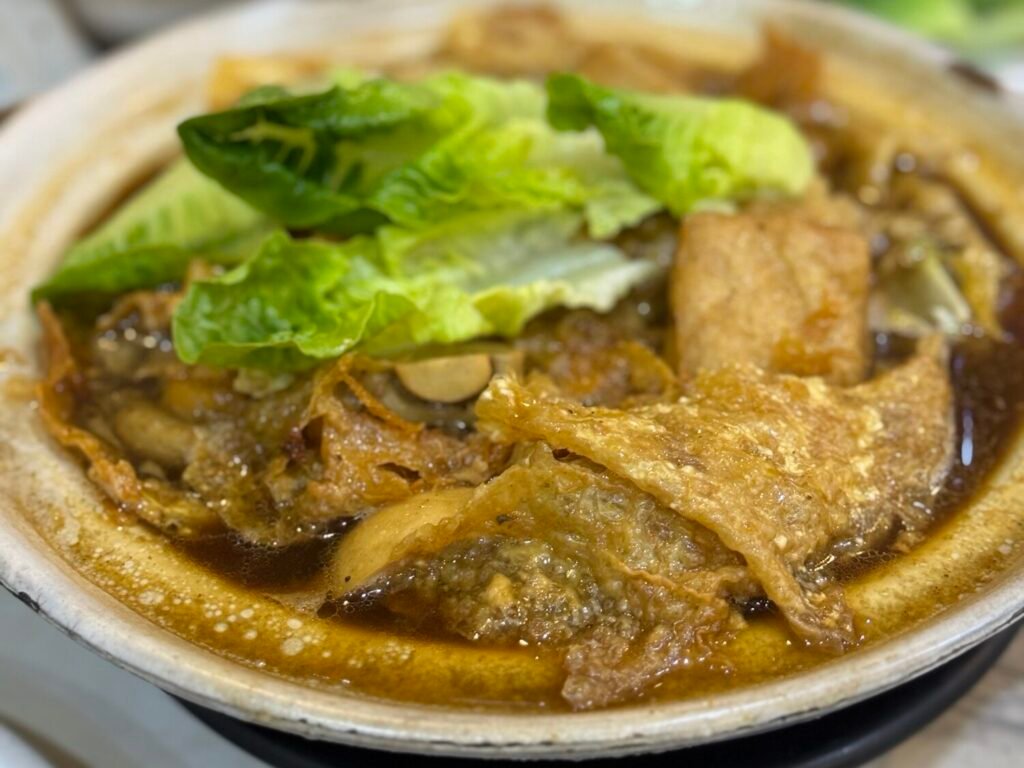

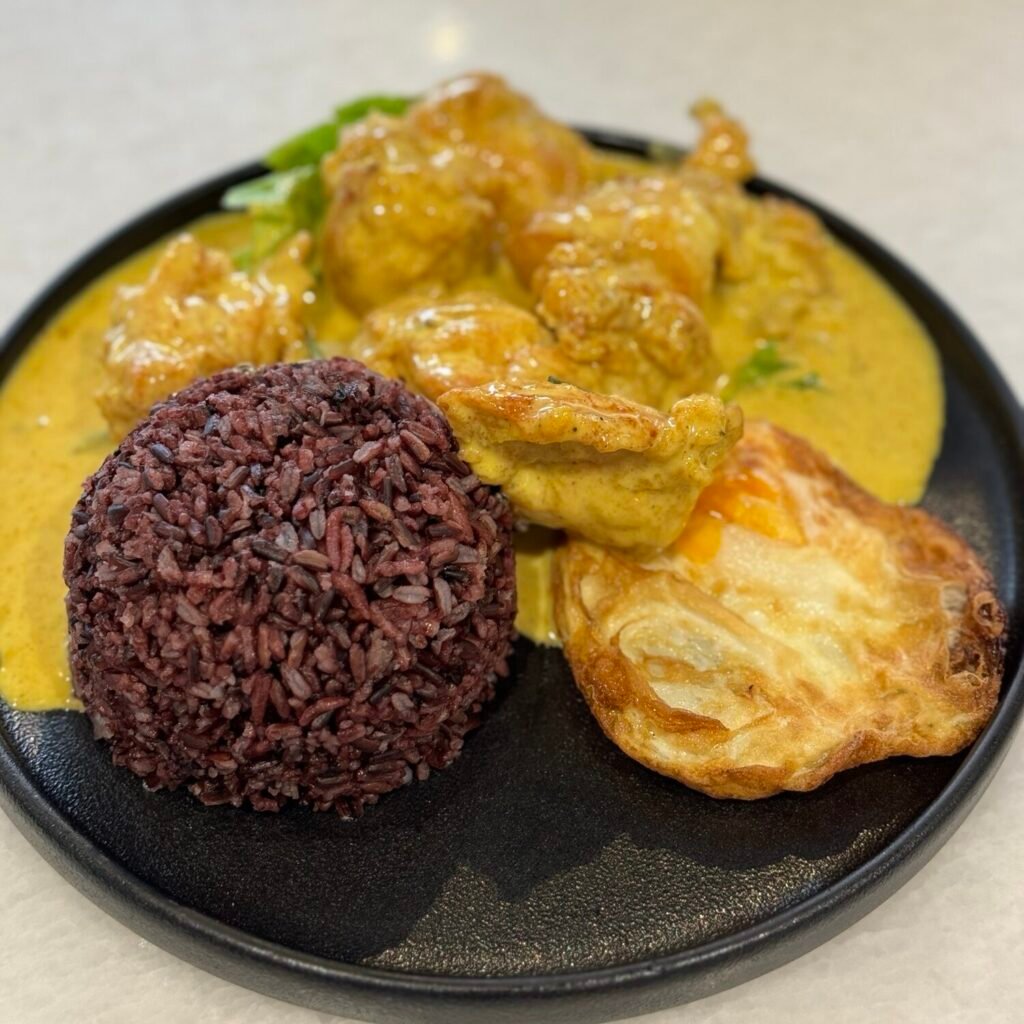
Best Shopping Experience:
Kuala Lumpur is a shopper’s haven, offering some of the best malls in Southeast Asia. Whether you’re seeking luxury brands or affordable finds, there’s a mall for every kind of shopper. Here are some of the city’s top shopping destinations:
- Pavilion KL: A luxury shopping destination featuring high-end international brands and a sophisticated ambiance.
- Suria KLCC: Located at the base of the Petronas Twin Towers, this iconic mall combines premium shopping with stunning architectural design and breathtaking views of KLCC Park.
- Mid Valley Megamall: A sprawling complex with a mix of global and local retailers, perfect for families and casual shoppers.
- TRX Exchange: Kuala Lumpur’s newest shopping and lifestyle hub, combining futuristic architecture with high-end retailers, diverse dining options, and vibrant nightlife. It also has the biggest sky garden in Asia.
- Berjaya Times Square: A unique mall featuring an indoor theme park alongside a variety of stores, catering to families and thrill-seekers alike.
- 1 Utama Shopping Centre: One of the world’s largest malls, offering everything from fashion and gadgets to dining and entertainment.
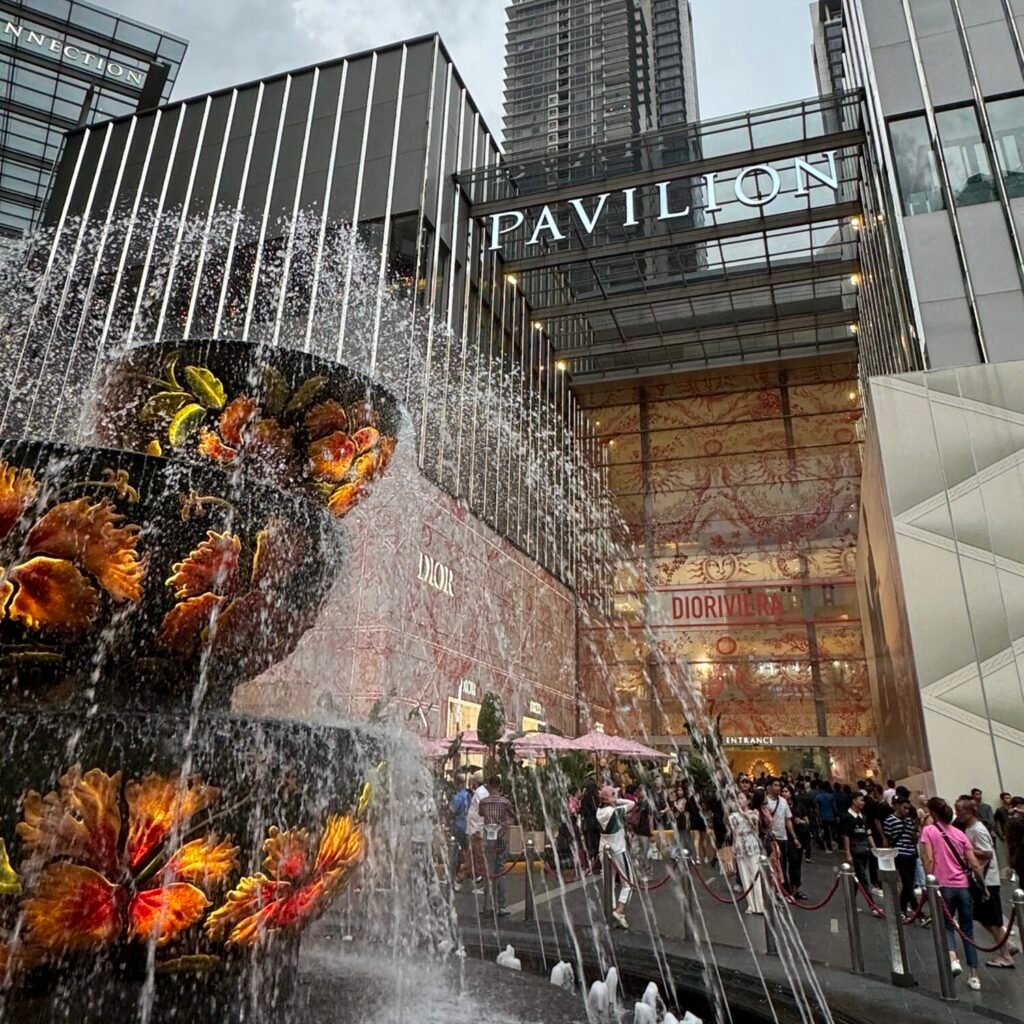
Kuala Lumpur stands out as a dynamic capital where cultural heritage meets urban sophistication. Its iconic landmarks, rich history, and diverse flavors make it a memorable gateway to Malaysia.
2. Malacca: A Step Back in Time (★★★★☆)
Suggested Time: 1-2 Days
A UNESCO World Heritage Site, Malacca (also spelled Melaka) captivates visitors with its rich history, vibrant culture, and stunning architecture. Our journey to Malacca felt like stepping into a time capsule, with every corner telling a story of its storied past.

Must-Visit Attractions and Landmarks:
- Christ Church and Dutch Square: The vibrant red buildings of Dutch Square provided incredible photo opportunities. Standing in front of the iconic Christ Church, we marveled at the blend of colonial charm and local heritage.
- St. Paul’s Hill and Church: Climbing to the ruins of St. Paul’s Church was an unforgettable experience. The panoramic view of the city below was breathtaking, but what truly made it special was encountering a street performer whose soulful voice resonated deeply with us. After learning we were from San Francisco, he surprised us with a heartfelt rendition of a song about our city, creating an instant connection that we’ll always cherish. His music carried a sense of serenity and joy, reflecting his ability to find beauty in the ordinary. Our brief conversation revealed his contentment with life, and his infectious smile brightened our day, leaving us inspired and uplifted.
- A Famosa: This 16th-century Portuguese fortress stands as a testament to Malacca’s strategic importance during colonial times.
- Jonker Street: A lively hub in Chinatown, Jonker Street is a paradise for antique lovers and foodies alike. We indulged in crispy spring rolls and sweet ondeh-ondeh, a Malaysian dumpling filled with palm sugar, while exploring stalls brimming with unique trinkets and crafts.

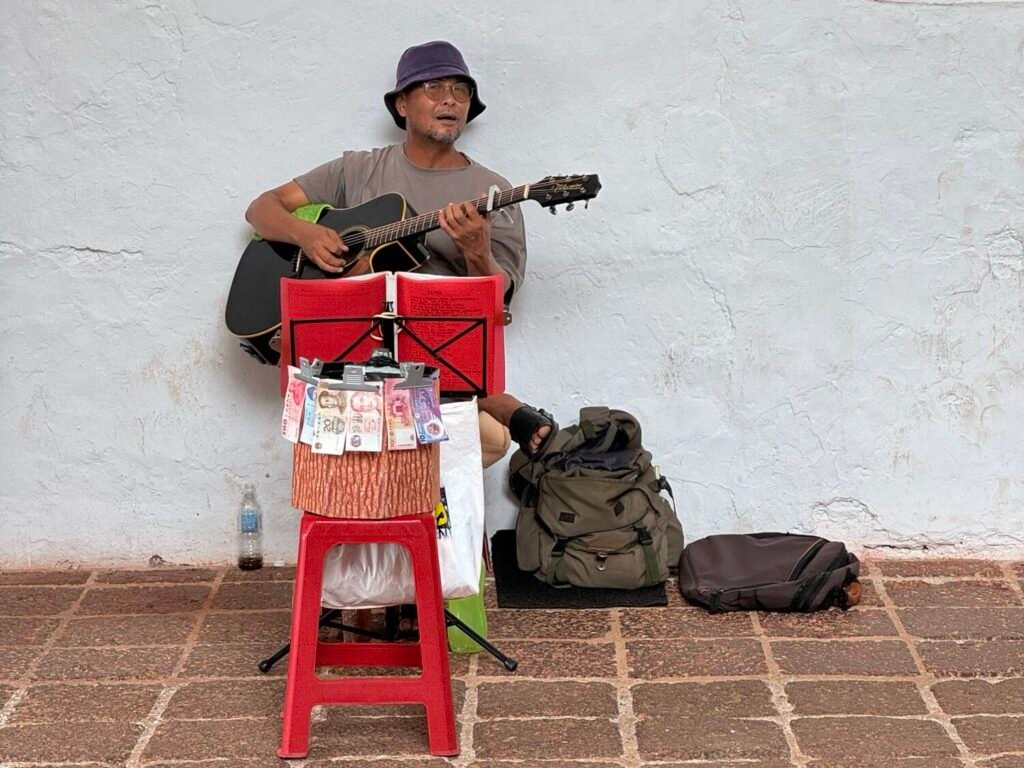
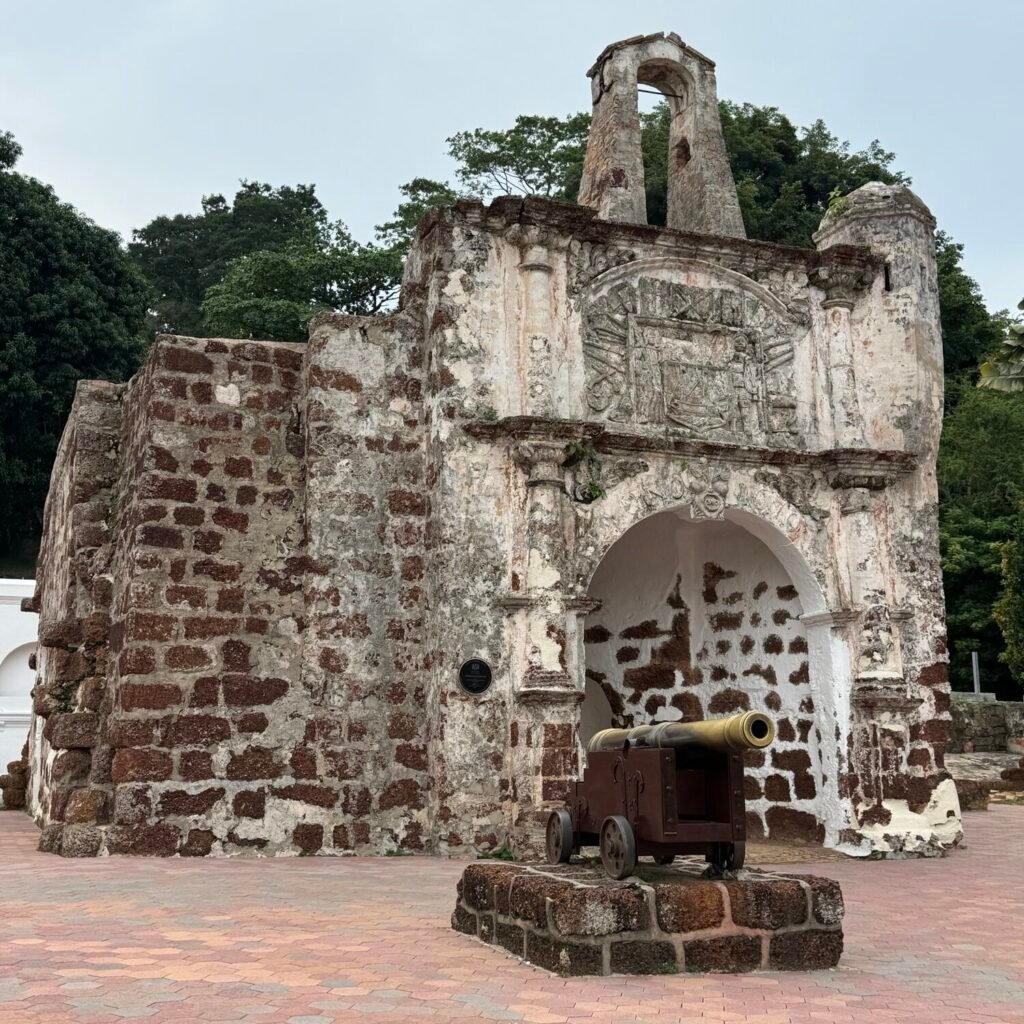
Must-Eat Food:
- Nyonya Cuisine: A legacy of Peranakan (Chinese-Malay) culture, Nyonya cuisine beautifully combines Chinese ingredients with Malay spices. Particularly famous in Malacca, Nyonya cuisine reflects the city’s rich multicultural heritage and historical significance as a trade hub. Signature dishes like Nyonya Laksa—a symphony of spicy, creamy, and tangy flavors—left us craving more. Other favorites were Ayam Pongteh, a savory chicken and potato stew, and Nyonya Chicken Curry and Nyonya Shrimp and Pineapple Curry, two vibrant dishes with a perfect balance of sweet and tangy flavors. Jonker Kitchen, The Baboon House, or Our Kitchen Nyonya Restaurant are excellent choices for tasting authentic Nyonya flavors in Malacca.
- Butterfly Pea Tea: This stunning blue-hued tea, often served with a splash of lime that transforms it into a vibrant purple, was both visually captivating and refreshingly delicious. Served cold, it provided the perfect respite from Malacca’s tropical heat and paired beautifully with the city’s flavorful Nyonya dishes.
- Cendol: A classic dessert made with shaved ice, sweet palm sugar syrup, and green rice flour jelly. We loved this cooling treat after a day of exploration.

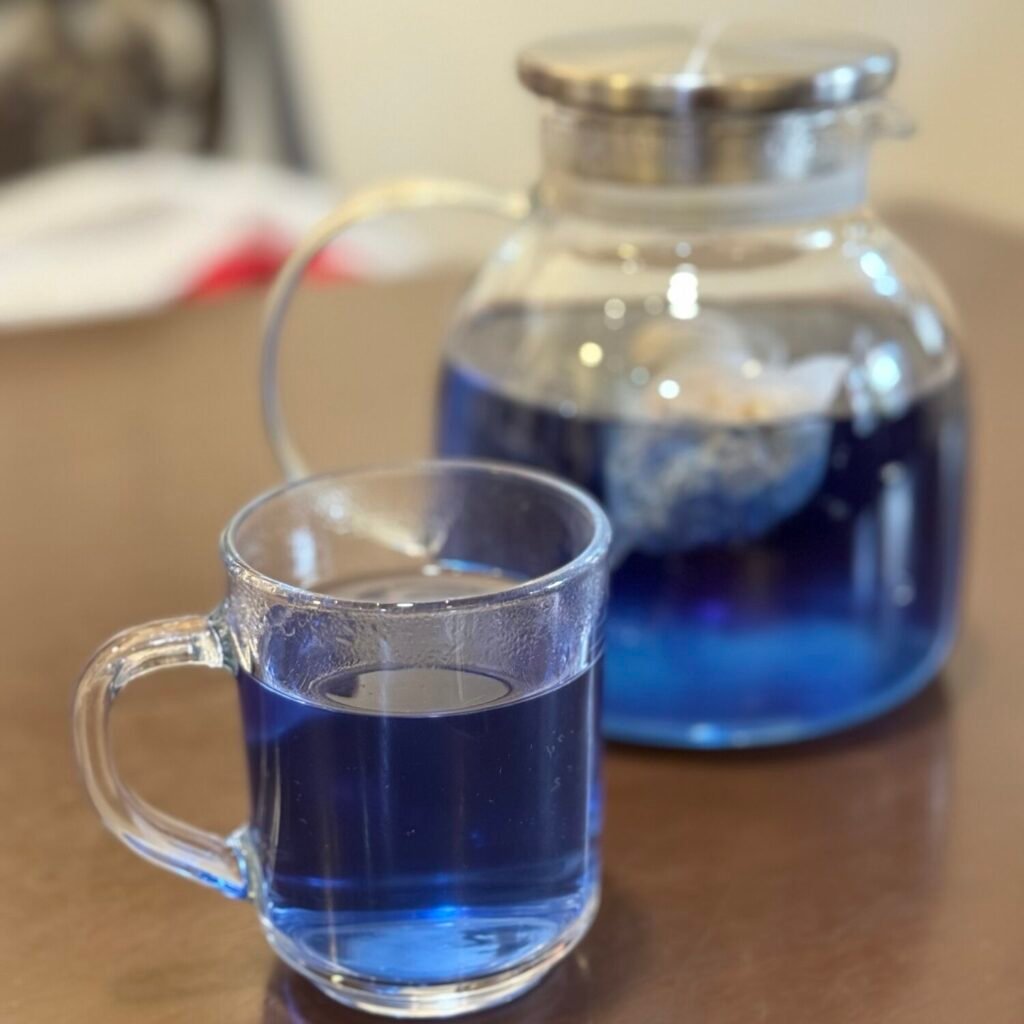
Travel tips for Visiting Malacca:
- Combine your visit to Malacca with a stop at Putrajaya, a planned city known for its modern architecture and serene landscapes, for a fuller experience. We booked a private Malacca and Putrajaya one-day tour on KLook, which we highly recommend. This tour included convenient pick-ups and drop-offs from our KL Airbnb in a private sedan. On the way to Malacca, we stopped at Putrajaya and visited several remarkable sights. Some of the highlights in Putrajaya included:
- Putra Mosque: Also known as the Pink Mosque, this stunning structure features intricate Islamic architecture and a picturesque lakeside location.
- Moroccan Pavilion: A hidden gem with intricate carvings and designs reminiscent of Marrakech, offering a serene escape and perfect photo opportunities.
- Explore nearby attractions of Malacca: Don’t miss the floating Masjid Kampung Kling or the historic Sam Po Kong Temple dedicated to the famous Chinese explorer Cheng Ho. Both attractions are just a short drive from Malacca and were included in our private tour.
- Wear comfortable shoes: Navigating Malacca’s cobblestone streets and climbing St. Paul’s Hill requires sturdy footwear to make your experience enjoyable.
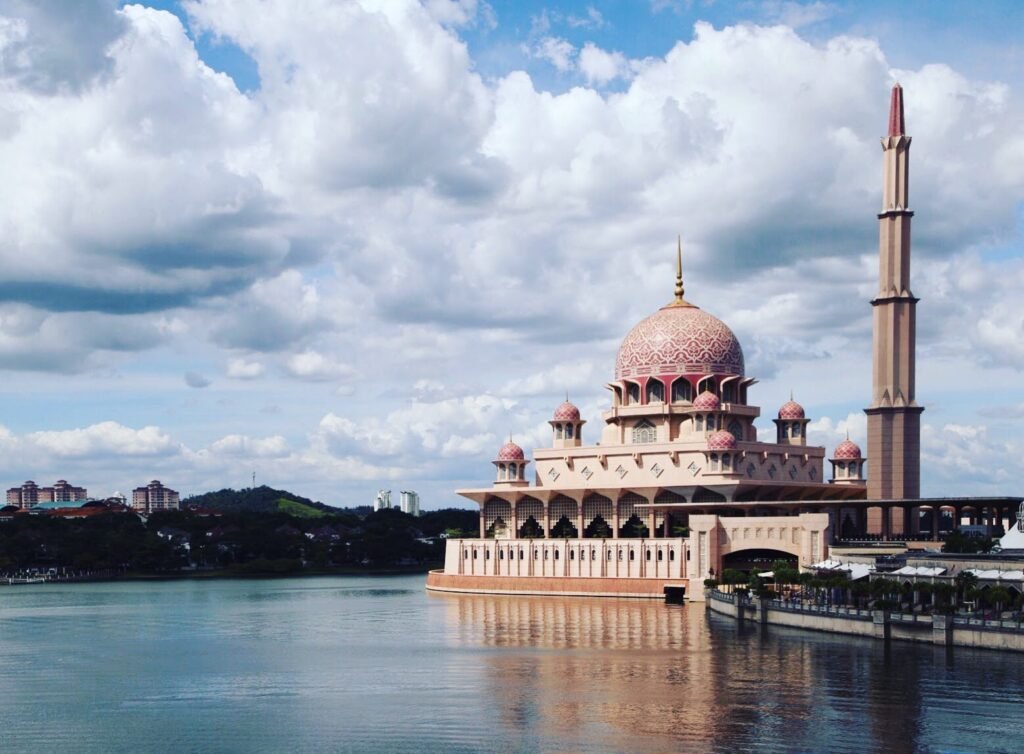


Malacca’s blend of history, culture, and culinary delights ensured it became one of the most memorable stops on our journey. Whether you’re savoring Nyonya delicacies or immersing yourself in its colonial charm, this city offers an unforgettable experience.
3. George Town, Penang: Food and Art Haven (★★★★★)
Suggested Time: 3-5 Days
A small yet vibrant coastal city in northern West Malaysia, Penang is a haven where heritage meets culinary wonders. Its unique blend of history, culture, and gastronomy offers something for everyone. One of our fondest memories was exploring George Town’s colorful street art, which felt like a fun scavenger hunt, and indulging in mouthwatering street food at bustling hawker stalls.

Must-Visit Attractions and Landmarks:
- Street Art Hunt: George Town’s vibrant murals, like “Boy on a Bicycle” and “Kids on a Swing,” bring its streets to life. Searching for these creative, interactive pieces was an incredible experience—like uncovering hidden treasures!
- Pinang Peranakan Mansion: Step into the lives of the Peranakan elite at this beautifully preserved museum showcasing intricate carvings, ornate furnishings, and captivating exhibits of Chinese-Malay culture.
- Georgetown Mansion: A great complement to the Pinang Peranakan Mansion, this museum offers insights into Penang’s history. (Pro Tip: Get a combo ticket for both—available only at Georgetown Mansion!)
- Cheong Fatt Tze Mansion (The Blue Mansion): Famous for its indigo facade, this architectural masterpiece was featured in Crazy Rich Asians. Stepping inside felt like entering a movie scene, complete with heritage and Hollywood glamour.
- Penang Hill: A former British hill station accessible via a thrilling funicular ride (like a mini roller coaster!). At the summit, colonial houses and The Habitat rainforest park await. Lunch at The Habitat Cafe offered delicious plant-based options with serene jungle views. (Pro Tip: Get express or fast lane tickets to skip long queues- trust me, it’s worth the extra cost!)
- Kek Lok Si Temple: Also known as the Temple of Supreme Bliss, this multi-tiered Chinese Buddhist complex is a serene escape. Don’t miss the turtle pond—a calming spot to observe sunbathing turtles.
- Wonderfood Museum: A visual feast celebrating Penang’s culinary heritage, from food origins to cultural significance. With its larger-than-life displays and engaging exhibits, it’s a hit with families and young children alike!
- Upside Down Museum: A whimsical and interactive attraction that turns your perspective upside down—literally! Perfect for Insta-worthy shots and a fun experience for families with young kids or couples looking for a playful outing.
- Clan Jetties: Explore these historic waterfront settlements, where Chinese immigrant communities once thrived.
- Sri Maha Mariamman Temple: A colorful Hindu temple rich in intricate detail.
- Masjid Kapitan Keling: A peaceful mosque surrounded by lovely gardens.






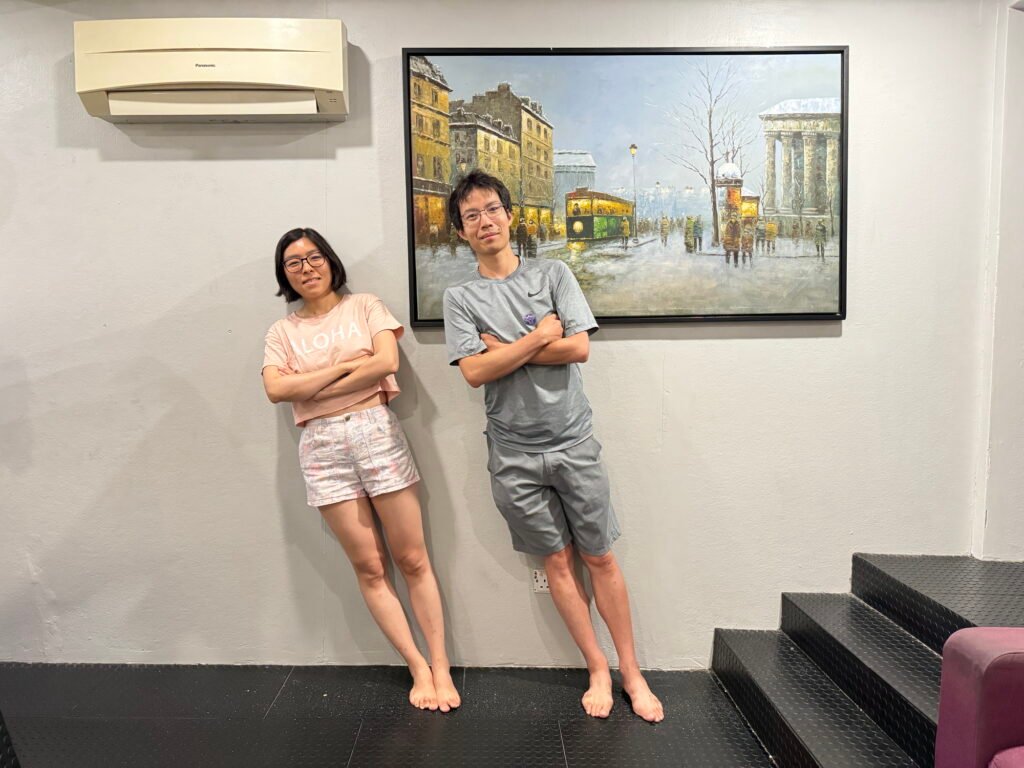


Must-Eat Food:
Penang is celebrated as a street food haven, with flavors deeply rooted in the island’s rich cultural heritage. Here are some must-try dishes and the best places to enjoy them:
- Char Kway Teow: Smoky, stir-fried flat rice noodles tossed with juicy prawns, Chinese sausage, and bean sprouts, all infused with wok hei (charred aroma). For an authentic plate, head to Siam Road Charcoal Char Kuey Teow —a Penang staple.
- Hokkien Prawn Mee: A rich, umami-packed noodle soup made with a prawn-based broth, yellow noodles, and toppings like shrimp, egg, and bean sprouts. 888 Hokkien Mee, Bridge Street Prawn Noodle, and Ah Koo’s Hokkien Mee are some excellent spots to savor this comforting dish.
- Fried Oyster Omelette: Crispy on the outside and savory on the inside, this omelette is made with fresh oysters, tapioca starch, and eggs, then fried to perfection. Pair it with tangy chili sauce for an unforgettable experience. Don’t miss it at Seng Thor Coffee Shop or Bee Hooi Coffee Shop.
- White Curry Mee: Creamy and mildly spicy, this noodle soup features a coconut milk base topped with tofu, cockles, and shrimp. Bee Hwa Cafe is famous for its authentic version of this Penang specialty.
- Penang Assam Laksa: A tangy fish-based noodle soup made with mackerel and tamarind, garnished with cucumber, pineapple, and mint. Ideal for a refreshing afternoon meal, the best laksa can be found at the Air Itam Market.
- Assam Curry Fish & Assam Pedas Fish: Two beloved Malaysian dishes showcasing bold, tangy, and spicy flavors. Assam Curry Fish, popular in Penang’s Nyonya cuisine, is a rich, curry-based dish with tamarind, curry spices, and vegetables like okra. Assam Pedas Fish offers a lighter, spicier tamarind broth often found in Malay cuisine. Mama’s Nyonya Cuisine or Ivy’s Nyonya Cuisine are two establishments renowned for their flavorful interpretations of these classics in Penang.
- Apom Chooi: Sweet banana pancakes stuffed with peanuts or corn, making for a light and satisfying snack. Visit the Apom Chooi food truck or Apom Guan for the freshest and most authentic version of this delightful treat.
- Durian: Penang is celebrated for its durian, particularly premium varieties like Musang King and Red Prawn. Known for its creamy texture and bold sweet-bitter flavor, durian offers a one-of-a-kind culinary experience. For true durian enthusiasts, a visit to the durian orchards in the Balik Pulau area during durian season (May to August) is a must. Here, you can savor the freshest fruit straight from the source while enjoying the picturesque countryside views.
- Wantan Mee: Springy egg noodles served with char siu (barbecue pork), dumplings, and a light soy-based sauce or soup. Weng Kei Wantan Mee is a local favorite, and while both versions are excellent, we personally loved the soup version for its comforting flavors!
- Bamboo Noodles: Thin, springy noodles crafted with bamboo pressing. We enjoyed a perfect bowl at Tok Tok Mee Bamboo Noodle, together with flavorful sides like roasted loquat duck and dumpling soup.
Pro Tip: If you’d like to sample multiple dishes at once, head to New Lane Street Food Stalls, where a wide variety of hawker fare is served by stalls lining the street and coffee shops. Favorites include chee cheong fun, curry mee, grilled fish, wan tan mee, and duck meat koay teow thng.




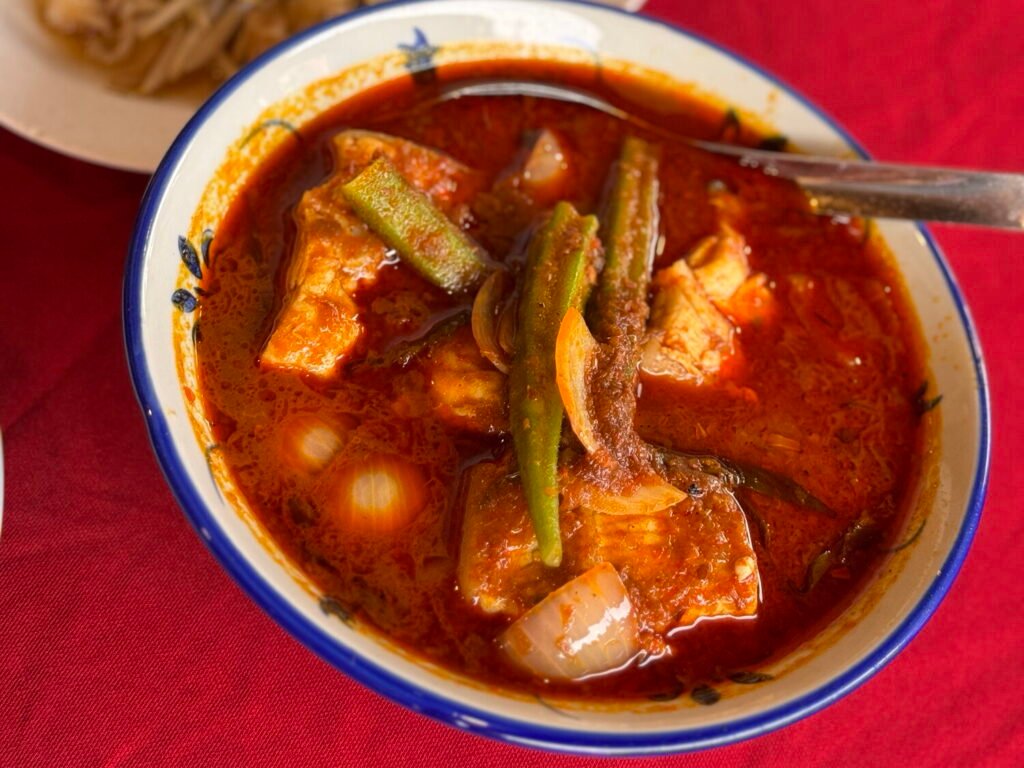
George Town, Penang, seamlessly blends vibrant art, rich history, and incredible cuisine. Exploring its colorful streets, landmarks, and flavors offers a true taste of Malaysia’s cultural and culinary heart.
4. Kota Kinabalu: Gateway to Malaysian Borneo (★★★★★)
Suggested Time: 4-5 Days
Kota Kinabalu is the capital of Malaysia’s Sabah state in the northern part of the island of Borneo. Fondly known as KK, it is a vibrant gem, brimming with natural wonders and cultural charm. Whether you’re a nature lover or a culture seeker, KK has something to surprise and delight everyone. During our visit, we were captivated by the breathtaking landscapes and immersive cultural experiences that made this trip unforgettable.

Must-Visit Attractions and Landmarks:
- Tanjung Aru Beach: This iconic spot offers mesmerizing sunset views that seem almost unreal. For a relaxed vibe, grab a seat and a drink at Zing Sunset Bar; otherwise, head straight to the beach for those postcard-perfect scenes accompanied by live music.
- Mari Mari Cultural Village: Dive into the history of Sabah’s five major tribes. From traditional dance performances to delicious buffet-style meals, this immersive experience was a fascinating cultural crash course.
- Kinabalu National Park: A UNESCO Global Geopark and home to the sacred Mount Kinabalu, this park is a must-visit for nature enthusiasts. Hiking through its lush trails was one of our favorite experiences. We joined a small group tour via KKDay, which turned into an adventure filled with camaraderie. Sharing the experience and bonding with fellow travelers, a delightful elderly couple from Hong Kong and a mother-daughter duo from Taiwan made the day even more special! Here’s the highlights from our action-packed day tour to Kinabalu National Park:
- Pekan Nabalu: a small local craft and snack market and scenic viewpoint with stunning Mount Kinabalu views.
- Anooh Coffee: A charming café offering refreshing iced drinks and gorgeous mountain vistas.
- Poring Hot Spring: From hiking across canopy suspension bridges to soaking our feet in natural hot springs, this rainforest retreat had it all. The canopy suspension bridges, suspended high above the forest floor, offered a thrilling walk with breathtaking views of the lush rainforest canopy—a truly unique perspective of the jungle’s vibrant ecosystem. We also enjoyed a delicious lunch at a rainforest restaurant, making the experience even more memorable.
- Desa Cattle Dairy Farm: Dubbed the “New Zealand of Sabah,” this picturesque farm is home to happy cows, delicious ice creams and Instagram-worthy views.
- Stunning Mountain Sunset: We stumbled upon a charming roadside eatery that served mouthwatering charcoal-grilled pork, perfectly paired with panoramic views of a breathtaking mountain sunset. The combination of delicious food and awe-inspiring scenery made it an unforgettable stop on our journey.
- Kota Kinabalu City Mosque: With its striking blue domes seemingly floating on water, this mosque is an architectural gem and a must-visit in Kota Kinabalu. (Pro Tip: To enter the mosque, visitors must adhere to a dress code—ladies should cover their hair, arms, and legs, while men should wear long pants. If you don’t have the appropriate attire, the inside visit ticket includes a rental of Muslimah clothing, ensuring a respectful and comfortable experience.)
- Gaya Street: By day, enjoy a leisurely stroll through the historical buildings that line this charming street. By night, dive into its vibrant night market- Api Api Night Food Market Gaya Street, brimming with delicious street food and lively energy. If you’re visiting on a Sunday, don’t miss the famous Gaya Street Sunday Market. This art and craft market is a delightful blend of handmade souvenirs and local delicacies, offering a unique taste of Sabah’s creativity and flavors.
- University Malaysia Sabah (UMS): A vibrant and scenic campus featuring unique attractions worth exploring. Admire the UMS Pink Mosque, a stunning architectural gem, and the Pinakol Staircase, a colorful tribute to Sabah’s cultural heritage.
- Sabah State Museum: A fun and educational cultural and history deep dive, this museum was also a great escape when the rains came. Playing with traditional instruments was an unexpected highlight!
- Sabah Art Gallery: A small but beautiful venue showcasing a blend of traditional and contemporary works by local artists. Its eco-friendly architecture and cozy atmosphere make it a great spot to soak in Sabah’s vibrant art scene.
- Sabah State Mosque: A stunning example of modern Islamic architecture in Kota Kinabalu, featuring a striking gold dome and intricate geometric designs.









Must-Eat Food:
- Fresh Seafood: Kota Kinabalu is a seafood lover’s paradise, offering fresh and affordable options at local markets and restaurants. For a true seafood feast, head to Welcome Seafood Restaurant or Sembulan Lobster Restaurant, both renowned for their wide selections and budget-friendly prices. The seafood can be cooked in various styles to suit your preferences. Some unique local dishes include:
- Wet Butter Tiger Prawns: Tiger prawns cooked in a creamy butter sauce with hints of sweetness and savory flavors.
- Dry Butter Tiger Prawns: A drier version of the butter prawns, with a crispy, buttery coating and a touch of aromatic spices.
- Ginger and Scallion Sea Snails: Fresh sea snails stir-fried with ginger and scallions, offering a fragrant and slightly spicy taste.
- Spicy Scallops: Scallops cooked in a flavorful chili sauce, perfectly balancing heat and umami.
- Black Pepper Crab: Crab stir-fried in a robust black pepper sauce that adds a punch of spice and flavor.
- Steamed Sea Snails with Fermented Bean Curd Sauce: Sea snails steamed to perfection and paired with a savory, slightly tangy fermented bean curd dipping sauce.
- Satay: Malaysian-style skewered and grilled meat served with a rich, flavorful peanut sauce. You’ll find satay at night markets and hawker stalls, but we particularly enjoyed it at Yuit Cheong, a traditional eatery. The perfectly grilled meat combined with the creamy peanut sauce made this dish unforgettable.
- Traditional Malaysian Breakfast: Begin your day in Kota Kinabalu with a traditional Malaysian breakfast at a kopitiam (coffee shop). This iconic meal typically includes kaya toast—crispy toasted bread spread with rich coconut jam and butter—paired with soft-boiled eggs and your choice of Malaysian coffee, tea, or Cham. As a beloved local drink and one of our favorite discoveries in Malaysia, Cham combines black coffee and strong black tea, sweetened with condensed or evaporated milk, offering a perfectly balanced and comforting flavor. Our go-to spot was Guan’s Kopitiam, where the cozy ambiance and simple yet delicious offerings made this classic breakfast truly unforgettable.



Best Shopping Experience:
- Imago Mall: One of KK’s newest and largest shopping destinations, Imago Mall is perfect for a bit of retail therapy. While there, we enjoyed a wonderful traditional dance performance at the G/F reception desk. (Pro Tip: The performances are free and take place every two hours between noon and 8 PM daily.)

Kota Kinabalu is a gateway to the natural and cultural wonders of Malaysian Borneo. From the serene sunsets of Tanjung Aru Beach to the lush trails of Kinabalu National Park and the vibrant cultural experiences of Mari Mari Village, KK offers something for every traveler. Pair these adventures with its incredible food and friendly locals, and you’re bound to leave with cherished memories of this enchanting city.
Recommended Malaysia Itinerary for First-Timers
From bustling cities and historic towns to pristine rainforests and stunning islands, Malaysia offers a perfect mix of culture, cuisine, and natural beauty. Our 14-day itinerary is thoughtfully designed to help first-time visitors experience the best of Malaysia, offering a balance of urban exploration, cultural discovery, and nature adventures.
14-Day Malaysia Itinerary for First-Timers:
- Day 1-3: Arrive in Kuala Lumpur, Malaysia’s dynamic capital. Explore iconic landmarks, bustling markets, and vibrant neighborhoods.
- Day 4: Take a day trip to historic Malacca. Dive into its rich history, cultural heritage, and culinary delights.
- Day 5: Relax in Kuala Lumpur in the morning. Head to Penang, Malaysia’s renowned food and art haven in the afternoon.
- Day 6-8: Immerse yourself in Penang’s vibrant street art, heritage landmarks, and world-class street food.
- Day 9: Take a final stroll through the charming George Town and savor local snacks one last time. In the late afternoon, fly to Kota Kinabalu, the gateway to Malaysia’s Sabah on the island of Borneo.
- Day 10-13: Discover Sabah’s breathtaking natural landscapes and cultural treasures.
- Day 14: Unwind or revisit your favorite spots in Kota Kinabalu before your departure.
For an in-depth guide to each day, including activities, food and accommodation recommendations, and practical travel tips, check out my detailed Malaysia Travel Itineraries blog posts.
Extra Itinerary Tips for First-Timers Planning a Malaysia Adventure
What to Add If You Have Extra Time in Malaysia?
If you have more days to spare, consider extending your trip to include these incredible destinations tailored to your interests:
For Beach and Water Sports Lovers:
- Pulau Redang, Lang Tengah, Perhentian, or Tioman (3-4 days for one island): For water sports and marine adventures, these islands are havens for snorkeling and diving. Featuring crystal-clear waters, vibrant coral reefs, and secluded beaches, they offer a tranquil retreat for relaxation or an active underwater experience. These islands are ideal for nature lovers looking to immerse themselves in Malaysia’s aquatic beauty. Visit after Kuala Lumpur and before Penang.
- Langkawi (2-3 days): Known as the Jewel of Kedah, Langkawi offers pristine beaches, turquoise waters, and lush greenery, making it a luxurious paradise for beach lovers. Don’t miss its iconic Sky Bridge, cable car rides, and exciting island-hopping tours. Langkawi is perfect for those seeking a mix of relaxation and adventure. Add this after visiting Penang.
For Nature and Cool Climates Lovers:
- Cameron Highlands (2-3 days): A refreshing contrast to Malaysia’s tropical cities, Cameron Highlands offers a serene escape with its cool climate, rolling tea plantations, and picturesque strawberry farms. Highlights include the iconic BOH Tea Plantation, where you can enjoy scenic views and fresh brews, and visits to colorful flower gardens and tranquil hiking trails through mossy forests and waterfalls. Add this stop after Kuala Lumpur and before Penang.
For Food Lovers:
- Ipoh (1-2 days): Easily reached from Cameron Highlands or Kuala Lumpur, Ipoh is a food lover’s paradise known for its legendary culinary offerings and charming colonial streets. Sample its famous white coffee, silky tau fu fah (soy pudding), and iconic chicken rice with bean sprouts. Visit after Kuala Lumpur or Cameron Highlands and before Penang.
For Cultural and Rainforest Adventure Lovers:
- Sarawak (3-4 days): Dive into Sarawak’s rich cultural heritage and natural wonders. Experience unique longhouse stays, learn about indigenous traditions, and explore lush rainforests teeming with wildlife. Highlights include Bako National Park and the Semenggoh Wildlife Center, both offering unforgettable encounters with nature. Kuching, a charming riverside city, serves as the gateway to Sarawak, with its vibrant night markets and museums. Add this after Penang and before Kota Kinabalu.
For Diving Enthusiasts:
- Semporna (3-4 days): A diver’s dream destination, Semporna is the gateway to Sipadan Island, one of the world’s top diving spots. Known for extraordinary marine biodiversity, including turtles, sharks, and barracudas, Sipadan is ideal for advanced divers seeking thrilling underwater adventures. While islands like Pulau Redang or Perhentian cater to beginner and recreational divers, Semporna’s waters are unmatched in their biodiversity and challenge. Add this after visiting Kota Kinabalu for an unforgettable diving experience.
By adding these destinations, you can customize your Malaysia trip to suit your interests and make the most of your adventure!
Shorter Malaysia Itinerary Options
Short on time? Opt for a 7-day itinerary focusing on Peninsular Malaysia.
Sample 7-Day Itinerary for First-Timers:
- Day 1-2: Arrive in Kuala Lumpur, Malaysia’s dynamic capital. Explore iconic landmarks, bustling markets, and vibrant neighborhoods.
- Day 3: Take a day trip to historic Malacca. Dive into its rich history, cultural heritage, and culinary delights.
- Day 4-6: Head to Penang, Malaysia’s renowned food and art haven. Enjoy Penang’s vibrant street art, heritage landmarks, and world-class street food.
- Day 7: Unwind or revisit your favorite spots in Penang before your departure.
Malaysia Travel FAQs for First-Timers: Transportation, Language, Budget, and More
What is the Best Way to Get Around Malaysia?
Getting around Malaysia is convenient and affordable, with various transportation options to suit your needs. Grab is a reliable and cost-effective choice for urban travel. For intercity connections, you can opt for buses, trains, or domestic flights. For short-distance day trips, joining a private or small group tour or hiring a private driver can be an excellent way to minimize logistical hassles while maximizing your time and flexibility. Here’s what worked best for us based on the itineraries in this guide:
- Kuala Lumpur to Malacca: We booked a private day tour with a driver who also acted as our guide. This seamless arrangement eliminated logistical concerns, allowed us to customize our itinerary, and helped us make the most of our time in Malacca.
- Kuala Lumpur to Penang: We took a train from Kuala Lumpur Sentral Station to the Butterworth Railway Station near Penang and then used Grab to cross the iconic bridge into Penang city. Alternatively, you can opt for a scenic ferry ride to reach Penang city from the Butterworth Raiway Station.
- Penang to Kota Kinabalu: For this longer journey, we opted for a direct domestic flight, which was quick and hassle-free.
With these options, traveling around Malaysia is not only efficient but also allows you to experience the country’s diverse landscapes and cities with ease.
Can I Travel with Only English in Malaysia?
Yes, traveling in Malaysia with only English is entirely feasible, especially in urban areas, popular tourist destinations, and places frequented by international travelers. English is widely spoken, particularly by younger generations and those in the service industry, including hotels, restaurants, and tour operators. Road signs, menus, and informational displays at tourist attractions are often available in English, making it easy to navigate and communicate. However, learning a few basic Malay phrases, such as “Terima kasih” (thank you) or “Selamat pagi” (good morning), can enhance your travel experience and connect you with locals.
What Should I Wear When Traveling in Malaysia?
Malaysia’s tropical climate is hot and humid year-round, so lightweight, breathable fabrics like cotton or linen are your best bet for staying comfortable. Don’t forget essentials like a hat, sunblock, and sunglasses to shield yourself from the sun. An umbrella is a versatile accessory that not only protects against sudden tropical downpours during the monsoon season but also provides shade from the intense sun—many locals use umbrellas for this purpose. Comfortable walking shoes are a must for exploring cities and historical sites or embarking on hiking adventures.
When visiting religious sites, such as mosques and temples, modest attire is essential out of respect for local customs. Choose loose-fitting, non-revealing clothing that covers your shoulders, chest, thighs, and knees. Carrying a scarf or shawl is a practical way to add coverage when needed, ensuring you’re appropriately dressed for these culturally significant locations.
How is Food Safety in Malaysia?
Malaysia is famous for its vibrant street food scene, and it’s generally safe to indulge if you follow some basic precautions. Choose food stalls with a high turnover of customers, as this indicates freshness and quality. Avoid consuming raw or undercooked foods unless you’re at a reputable establishment. Stick to bottled or filtered water for drinking and consider carrying a reusable bottle with a built-in filter. When purchasing fruits or vegetables, wash them thoroughly before eating. With these precautions, you can enjoy Malaysia’s culinary delights, from nasi lemak to char kway teow, with confidence.
What is the Local Currency and Payment System in Malaysia?
The Malaysian Ringgit (MYR) is the official currency, and it’s advisable to carry small denominations for street markets, hawker stalls, and smaller towns where cash is king. In urban centers and tourist hotspots, credit cards are widely accepted in restaurants, hotels, and larger stores. Mobile payment apps like Touch ‘n Go and GrabPay are gaining popularity and can be incredibly convenient for rides, dining, and shopping. ATMs are widely available, but notify your bank about your travel plans to avoid transaction issues.
What Budget Should I Expect When Traveling in Malaysia?
Malaysia is a highly budget-friendly destination, offering something for every type of traveler. During our 14-day trip in early June 2024, we spent approximately $2,450 USD for two people, excluding international flights to Malaysia. This translates to about $175 USD per day for two people, broken down as follows:
- Accommodation: $775 USD ($55/day). We chose luxurious high-rise apartments via Airbnb at each destination, combining comfort, convenience, and affordability throughout our trip.
- Food: $750 USD ($54/day). Every meal felt like a feast! This covered three meals a day, drinks, fruits, and snacks, letting us savor Malaysia’s vibrant street food and diverse culinary scene.
- Experiences: $455 USD ($33/day). This included a private day trip to Malacca, a small-group tour to Kinabalu National Park, a guided visit to Mari Mari Cultural Village, and entrance fees to attractions and museums.
- Transportation: $380 USD ($27/day). This included domestic flights, train rides for inter-city transfers, and local travel via Grab within each destination.
- Miscellaneous: $90 USD, for souvenir shopping and other minor expenses.
With this budget, we enjoyed a well-rounded mix of comfort, adventure, and cultural immersion without overspending. Malaysia’s affordability makes it a perfect destination for value-conscious travelers looking for a rich and rewarding travel experience.
What About Internet and Connectivity in Malaysia?
Malaysia boasts excellent mobile network coverage across most regions, including urban and rural areas. Prepaid SIM cards from providers like Maxis, Digi, and Celcom are affordable and offer reliable data plans, making it easy to stay connected. Free Wi-Fi is widely available in hotels, cafes, and airports. For travelers reliant on constant connectivity, portable Wi-Fi devices can be rented at major airports.
Do I Need Travel Insurance to Travel in Malaysia?
Yes, travel insurance is a must-have for any trip, and Malaysia is no exception. It provides essential protection against unexpected situations such as medical emergencies, flight delays, trip cancellations, or lost belongings. Opt for a comprehensive policy that includes coverage for adventure activities, especially if your plans involve diving, parasailing, or trekking in Malaysia’s lush rainforests. Investing in the right travel insurance ensures peace of mind and allows you to focus on enjoying your journey.
What Are the Emergency Numbers in Malaysia?
Safety is a top priority when traveling, and knowing the local emergency numbers can provide peace of mind during your trip. Here are the key numbers to remember:
- Police and General Emergencies: 999
- Ambulance: 999
- Fire and Rescue: 994
The End. Happy Traveling!
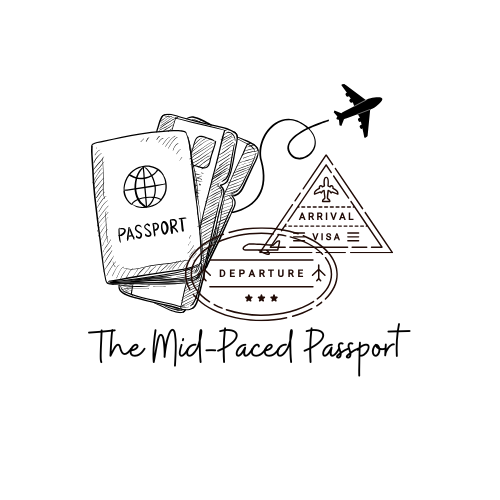



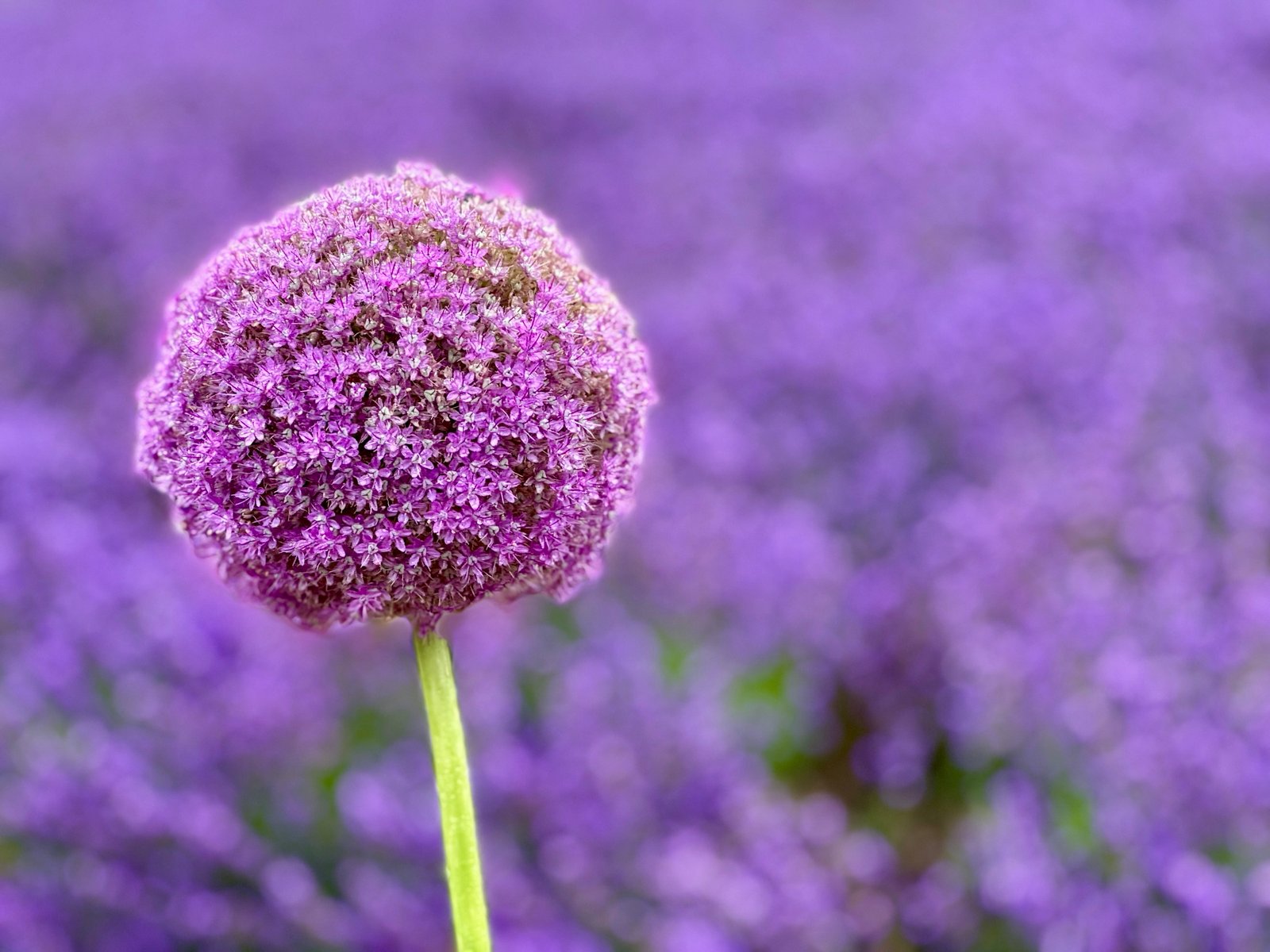

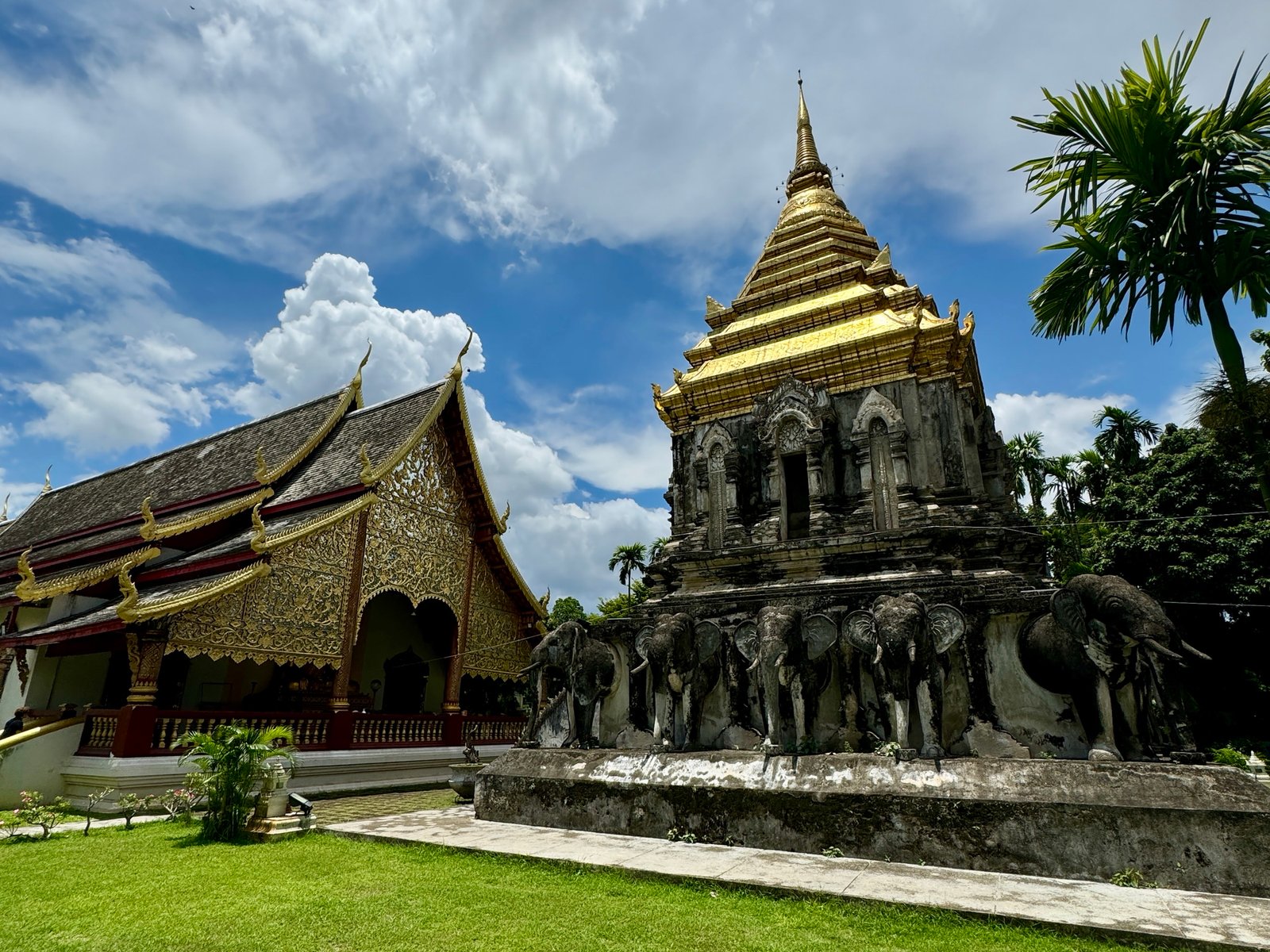
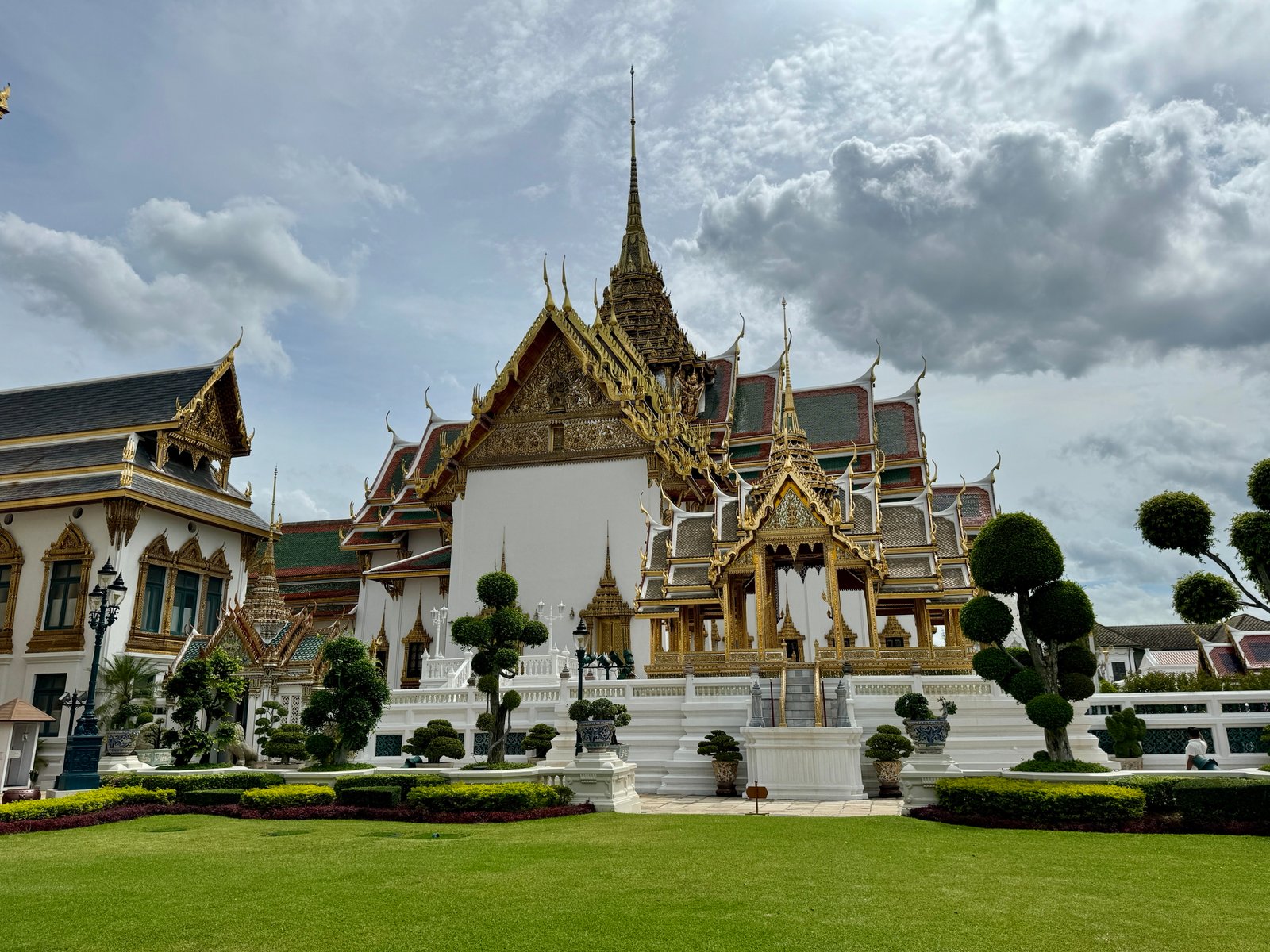
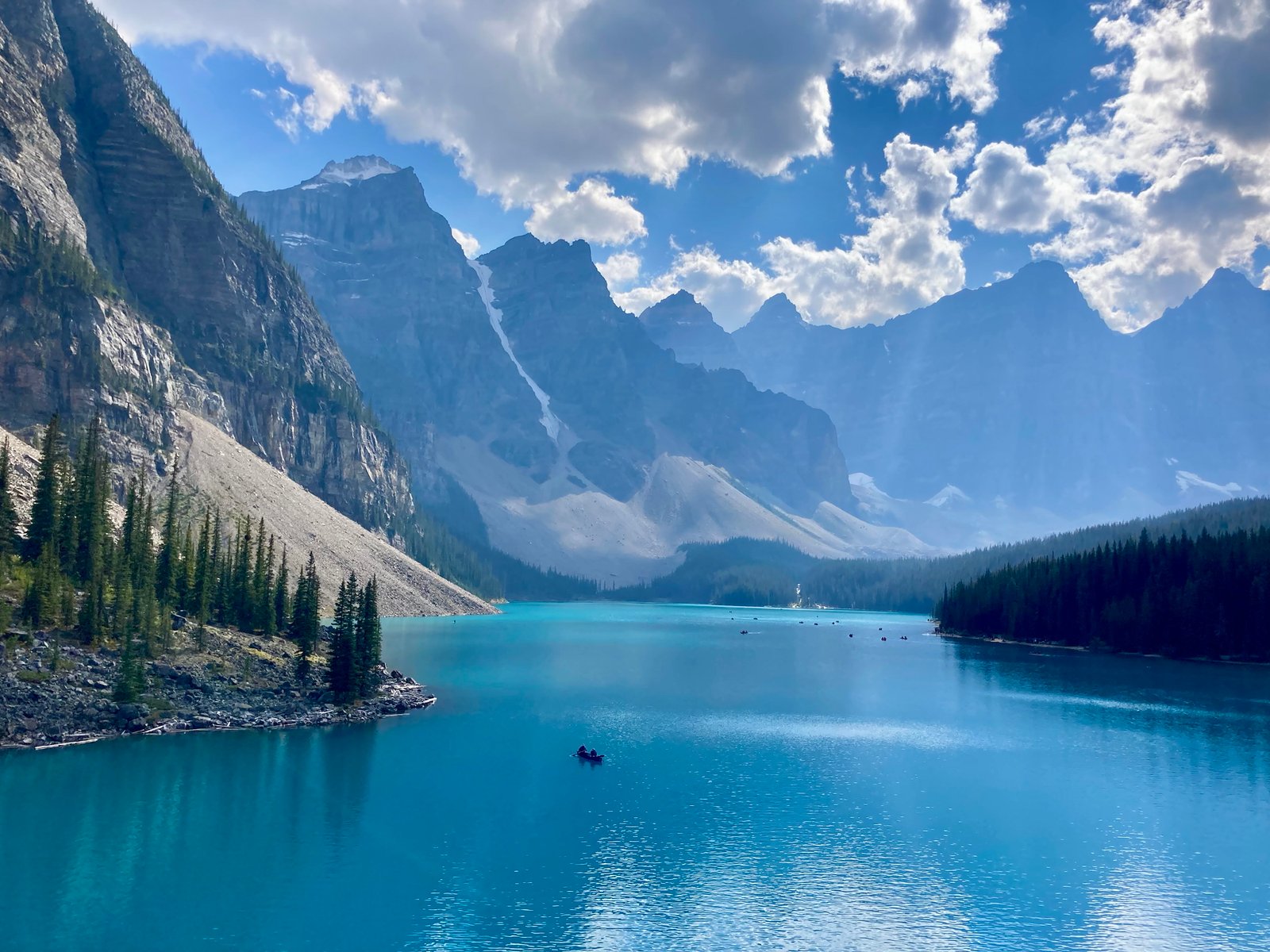
Leave a Reply